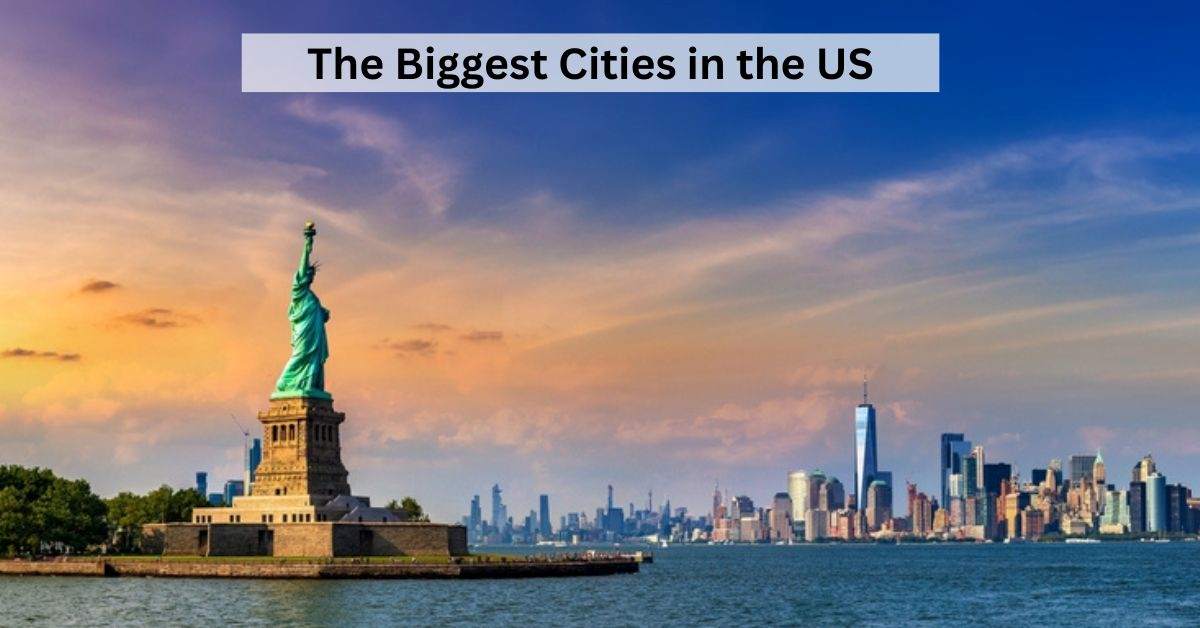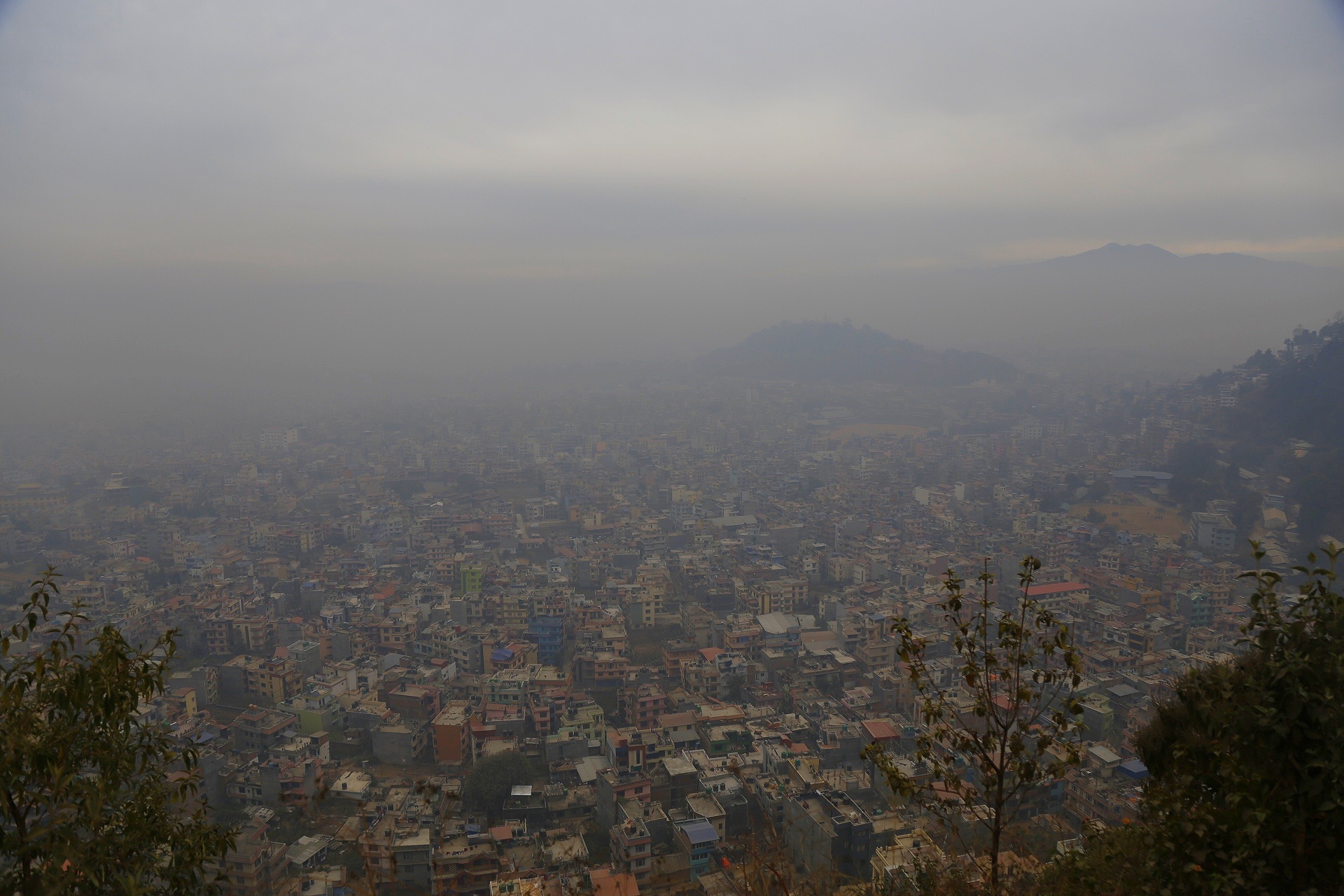Analysis of US Urban Public Transportation and its Contribution to Sustainable Development Goals (2025)
Introduction: Aligning Urban Mobility with Global Sustainability
Effective public transportation is a cornerstone of modern urban development, directly contributing to the achievement of multiple United Nations Sustainable Development Goals (SDGs). In 2025, several U.S. cities demonstrate exemplary progress in creating transit systems that not only facilitate mobility but also advance objectives for sustainability, economic equity, and climate action. By providing reliable, accessible, and efficient alternatives to private vehicles, these metropolitan areas are making significant strides towards building inclusive and resilient urban environments. This report analyzes the top-performing U.S. cities for public transportation, with a specific focus on their alignment with SDG 11 (Sustainable Cities and Communities), SDG 13 (Climate Action), SDG 9 (Industry, Innovation, and Infrastructure), and SDG 8 (Decent Work and Economic Growth).
2025 Ranking of US Cities by Public Transportation Efficacy and SDG Impact
-
New York City, New York
- Key Transport Modes: Subway (MTA), Buses, Commuter Rail (LIRR, Metro-North), Ferries, PATH Train, Trams, Cable Car.
- SDG Alignment: New York City’s comprehensive and high-ridership system is a prime example of progress towards SDG 11 (Sustainable Cities and Communities), offering unparalleled access to mobility. The network is vital for SDG 8 (Decent Work and Economic Growth), connecting millions to economic opportunities and reducing transportation barriers, thereby also supporting SDG 10 (Reduced Inequalities).
-
San Francisco, California
- Key Transport Modes: BART, Muni (Buses, Streetcars, Cable Cars), Caltrain, Ferries.
- SDG Alignment: San Francisco is lauded for its focus on innovative and eco-friendly transit solutions, directly addressing SDG 9 (Industry, Innovation, and Infrastructure). Its investments in sustainable transport technologies are critical for SDG 13 (Climate Action), mitigating greenhouse gas emissions and promoting a greener urban model.
-
Boston, Massachusetts
- Key Transport Modes: MBTA (Subway, Commuter Rail, Buses, Ferries, Trolleybuses).
- SDG Alignment: Boston’s well-integrated MBTA system provides a reliable network essential for daily commuters, fulfilling the aims of SDG 11.2 (access to safe, affordable, accessible, and sustainable transport). This reliability underpins regional economic activity, contributing to SDG 8.
-
Washington D.C.
- Key Transport Modes: Metrorail (Subway), Metrobus, DC Circulator, Commuter Rail (MARC, VRE).
- SDG Alignment: The capital’s extensive Metrorail and bus network offers a viable alternative to driving, reducing traffic congestion and air pollution. This supports SDG 11 and promotes SDG 3 (Good Health and Well-being) through improved air quality and opportunities for active travel.
-
Chicago, Illinois
- Key Transport Modes: CTA (‘El’ Train, Buses), Metra (Commuter Rail).
- SDG Alignment: Chicago’s robust transit infrastructure, including the iconic ‘El’ train, provides essential connectivity across the sprawling city. This network is fundamental to creating a sustainable urban fabric (SDG 11) and ensuring broad access to employment and services (SDG 8 and SDG 10).
-
Philadelphia, Pennsylvania
- Key Transport Modes: SEPTA (Subway, Elevated Trains, Buses, Trolleybuses, Commuter Rail, Trams).
- SDG Alignment: Philadelphia’s multi-modal SEPTA system demonstrates a commitment to providing comprehensive public transit. This extensive coverage is key to building an inclusive city (SDG 11) where mobility is not dependent on car ownership, thus fostering economic equity.
-
Jersey City, New Jersey
- Key Transport Modes: PATH Train, Hudson-Bergen Light Rail, NJ Transit Buses & Commuter Rail.
- SDG Alignment: As a critical transit hub, Jersey City’s network exemplifies regional integration, a key component of sustainable infrastructure (SDG 9). Its services provide vital links to the greater metropolitan area, supporting economic interdependence and growth (SDG 8).
-
Seattle, Washington
- Key Transport Modes: Link Light Rail, King County Metro Buses, Seattle Streetcar, Ferries.
- SDG Alignment: Seattle’s investment in expanding its light rail and prioritizing bus and ferry services reflects a strong commitment to SDG 13 (Climate Action). These sustainable options are crucial for reducing the city’s carbon footprint and advancing green infrastructure goals (SDG 9).
-
Portland, Oregon
- Key Transport Modes: TriMet (MAX Light Rail, Buses, WES Commuter Rail), Portland Streetcar.
- SDG Alignment: Portland is a long-standing leader in sustainable urban planning, with a transit system designed to integrate seamlessly with city life. Its focus on light rail and streetcars strongly supports the vision of SDG 11 for human-centered, environmentally friendly cities.
Conclusion: Public Transit as a Driver for Sustainable Development
The leading U.S. cities in public transportation for 2025 are not merely providing a service; they are actively building more sustainable, equitable, and resilient futures. Their investments in extensive, innovative, and accessible transit networks are direct contributions to achieving the Sustainable Development Goals. By reducing reliance on private automobiles, these cities mitigate climate change, improve public health, foster economic growth, and reduce inequality, setting a national standard for the development of sustainable urban communities.
Analysis of Sustainable Development Goals in the Article
1. Which SDGs are addressed or connected to the issues highlighted in the article?
- SDG 11: Sustainable Cities and Communities: The article’s central theme is public transportation systems within major US cities. This directly relates to making cities and human settlements inclusive, safe, resilient, and sustainable.
- SDG 9: Industry, Innovation and Infrastructure: The article discusses the development of quality, reliable, and sustainable infrastructure. It highlights “innovative and eco-friendly advancements” in public transport, which is a key component of this goal.
2. What specific targets under those SDGs can be identified based on the article’s content?
- Target 11.2: “By 2030, provide access to safe, affordable, accessible and sustainable transport systems for all, improving road safety, notably by expanding public transport…” The article directly supports this target by ranking cities based on their ability to provide “reliable,” “dependable,” “quick,” and “easy” public transportation, making it possible for “millions of people” to get around without a car.
- Target 9.1: “Develop quality, reliable, sustainable and resilient infrastructure… to support economic development and human well-being, with a focus on affordable and equitable access for all.” The article’s focus on “reliable public transportation,” “dependable networks,” “well-integrated systems,” and “eco-friendly advancements” aligns with the development of high-quality and sustainable infrastructure.
3. Are there any indicators mentioned or implied in the article that can be used to measure progress towards the identified targets?
- Availability and Diversity of Transport Modes: The article explicitly lists the “Key Public Transport Modes” for each city, such as subways, buses, light rail, and ferries. This variety serves as an indicator of a comprehensive and accessible system.
- System Coverage and Ridership: The text mentions New York City’s “unparalleled coverage and ridership” and its “sprawling subway system,” implying that the extent of the network and the number of users are key metrics for success. The embedded tweet also compares train and bus ridership numbers.
- Reliability and Efficiency: Phrases like “reliable public transportation,” “dependable networks,” and “efficient and well-integrated systems” are used to describe the top-ranked cities, indicating that service quality and dependability are used as measures of performance.
- Sustainability and Innovation: The article points to San Francisco’s “innovative and eco-friendly advancements” as a key positive attribute, suggesting that the adoption of sustainable technologies is an indicator of a modern, high-quality transit system.
SDGs, Targets, and Indicators Table
| SDGs | Targets | Indicators |
|---|---|---|
| SDG 11: Sustainable Cities and Communities | 11.2 Provide access to safe, affordable, accessible and sustainable transport systems for all… by expanding public transport. |
|
| SDG 9: Industry, Innovation and Infrastructure | 9.1 Develop quality, reliable, sustainable and resilient infrastructure… with a focus on affordable and equitable access for all. |
|
Source: jagranjosh.com







